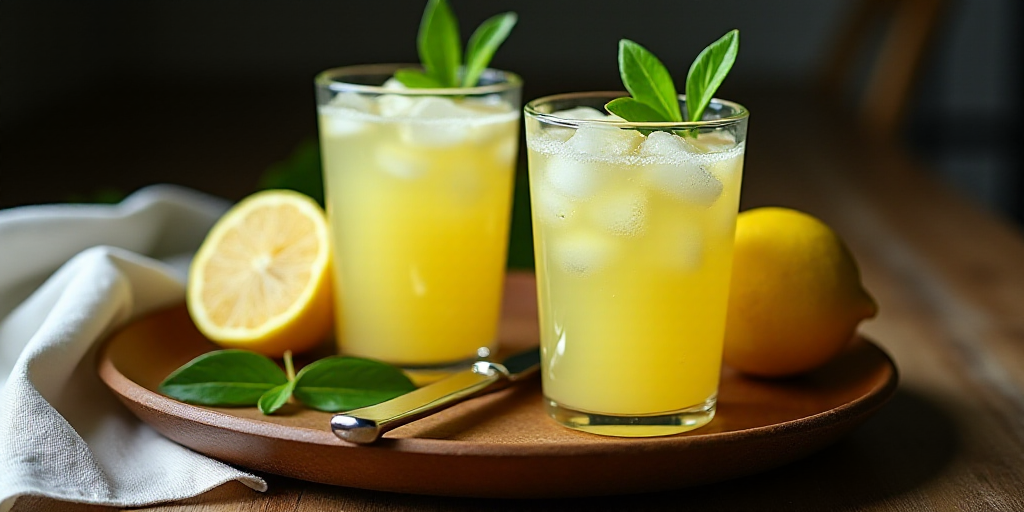Generation Z Leading a Quiet Revolution in Consumption Habits
Generation Z, also known as centennials, is driving a quiet revolution in consumption habits. Instead of associating fun with excess, they prefer alternatives that promote balance. A study by NCSolutions reveals that 65% of Gen Z youngsters plan to reduce their alcohol consumption by 2025, with 39% even considering adopting a completely sober lifestyle throughout the year.
Growth in the Non-Alcoholic Beverage Market
According to IWSR, the global market for non-alcoholic and low-alcohol beverages grew by 31% in volume between 2018 and 2022. It is projected to have a compound annual growth rate of between 5% and 8% until 2026. Although these statistics focus on countries like the United States, Germany, or the United Kingdom, Mexico shows clear potential for adopting these trends.
In 2024, Mexico’s Profeco began reviewing non-alcoholic beers to ensure transparent labeling. COFEPRIS, on the other hand, has strengthened restrictions on advertising for high-calorie beverages, opening space for healthier alternatives.
Health, Perception, and Awareness
The shift isn’t just due to new laws. The rise in chronic non-communicable diseases, such as diabetes or hypertension, has led a portion of the young audience to question alcohol’s impact on their daily lives. Mental health is also part of the debate: studies associate excessive alcohol consumption with anxiety and depression.
This turn doesn’t imply giving up pleasure. The trend of conscious moderation allows enjoying a drink with lower alcohol content, finding a balance between socializing and personal care, less harsh and more time to enjoy.
The Industry’s Response: Flavor Without Alcohol
Removing or reducing alcohol content from a beverage presents significant technical challenges. Alcohol not only intoxicates but also contributes to body, roundness, texture, and helps volatilize aromas, directly influencing flavor. Therefore, companies use various techniques to maintain the sensory experience without compromising quality:
- Vacuum distillation. This process is carried out at low pressures to reduce the alcohol’s boiling point and remove it without subjecting the beverage to high temperatures that destroy its aromas. It’s one of the most delicate and respectful techniques to preserve the original flavor profile.
- Reverse osmosis. Membranes are used to separate alcohol molecules from the rest of the liquid. The process allows preserving most compounds that give structure and aroma, though adjustments are needed to restore complexity.
- Interrupted fermentation. This is mainly applied to beers. The fermentation process is stopped before yeasts convert all the sugar into ethanol. The result is a naturally sweet beverage with low alcohol content.
- Thermal stripping. This is an alcohol removal through rapid distillation columns. It’s more cost-effective but may compromise part of the sensory profile, so some brands reintroduce aromatic extracts at the end.
These techniques are applied in non-alcoholic beers, sparkling wines, and botanical distillates that are increasingly present in Mexico.
Leading the Alcohol-Free Revolution: Brands and Innovation
In Mexican bars, non-alcoholic cocktails are now part of the menu. They’re not diluted versions; they’re crafted with natural juices, artisanal syrups, herb infusions, chilies, citruses, and vegetable foams. The sensory complexity competes with traditional mixology.
Brands like Heineken 0.0, Corona Cero, Freixenet 0.0, and Seedlip botanical distillate invest in packaging design, clear labels, and communication strategies focused on well-being. The product perception is also built from its presentation.
Leading Alcohol-Free Brands
Heineken® 0.0. This Dutch origin, alcohol-free beer is made from an original recipe base, from which the alcohol is removed through controlled evaporation. What stands out is that it maintains its characteristic profile: malty, slightly bitter, with balanced body.
Corona Cero. The alcohol-free version of the world’s most recognized Mexican beer maintains its refreshing essence, with soft malts and subtle citrus touches. It’s locally produced by Grupo Modelo and has gained presence in supermarkets, airports, and tourist bars, presenting itself as a responsible option without sacrificing flavor or authenticity.
Freixenet 0.0. From Querétaro, this sparkling wine’s alcohol-free version conserves its bubbles and fruity character from the grape. It’s produced using low-pressure evaporation and rebalancing with natural extracts to maintain apple, pear, and white flower notes.
Innovation and Sustainability
Many of these beverages incorporate functional ingredients such as adaptogens (ashwagandha, matcha) or utilize fruit waste (citrus peels, pineapple, or hibiscus) to enrich the flavor profile and reduce waste. Sustainability, like health, is part of the narrative of these new proposals.
The packaging also transforms: glass recycled bottles, high-end aluminum cans, and biodegradable materials reinforce the message of environmental responsibility.
Thus, in Mexico, the “liquid revolution” advances. It’s not about prohibition or imposed rules but a shift in preferences and priorities. New generations aren’t abandoning drinking; they’re redefining how they consume, and in this process, they’re forcing the industry to innovate, listen, and adapt.






